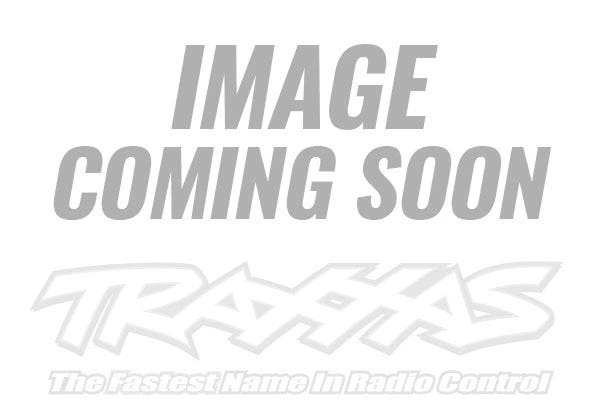Input Shaft w/ Bearing Adapter & Pin

Input Shaft with Bearing Adapter & Pin: A Comprehensive Guide
The input shaft, often paired with a bearing adapter and pin, is a critical component in numerous mechanical systems. Its primary role is to transmit rotational force from the engine or motor to other parts of the mechanism. Understanding its design, function, and maintenance is vital for optimal performance and longevity.

Key Components and Their Functions
- Input Shaft: The core element, designed to receive and transmit torque. Its dimensions and material are selected based on the application's load requirements.
- Bearing Adapter: Provides a mounting surface for the bearings, ensuring smooth and efficient rotation. Different adapter types can accommodate various bearing configurations.
- Pin: Often used for secure attachment and alignment of the shaft within the assembly. It prevents axial movement and ensures proper load distribution.

The integration of these components creates a robust and reliable system. Proper selection and assembly are crucial for performance. The bearing adapter ensures the shaft rotates with minimal friction, maximizing efficiency. The pin’s role is essential for maintaining stability and preventing shaft slippage under load.
Maintenance and Troubleshooting
Regular inspection and maintenance are vital for prolonging the life of the input shaft assembly. Common issues include wear and tear on the bearings, corrosion, and misalignment.

- Regular Lubrication: Ensures smooth operation and reduces friction.
- Bearing Replacement: When wear is detected, replacing the bearings promptly prevents further damage.
- Alignment Checks: Misalignment can cause premature wear. Periodically check and correct any deviations.
By understanding these key aspects, you can ensure the optimal performance and longevity of your input shaft assembly. This proactive approach helps minimize downtime and maximize operational efficiency.

